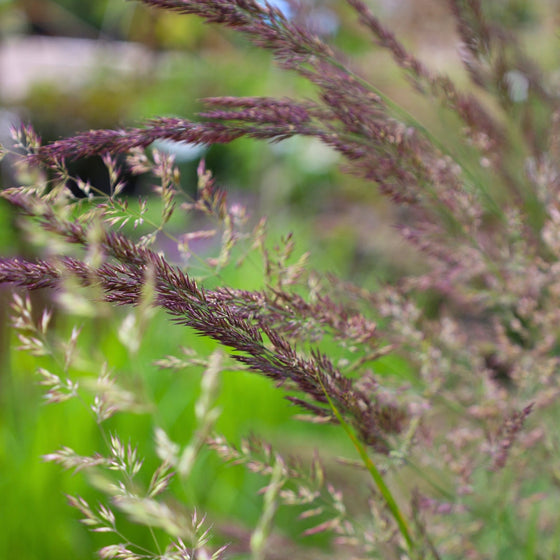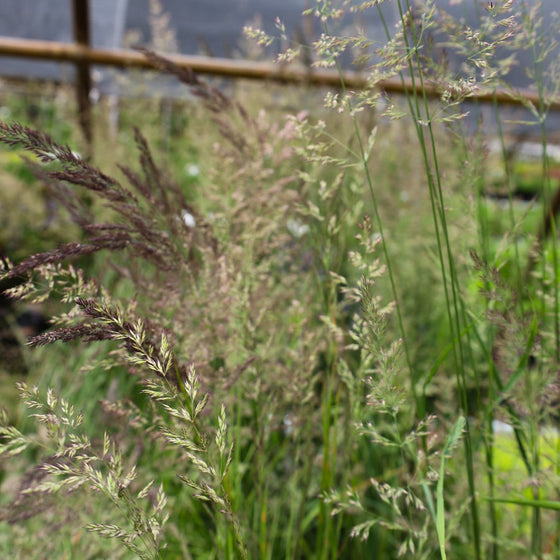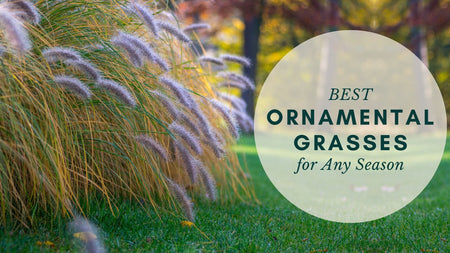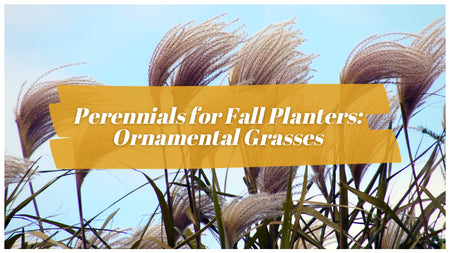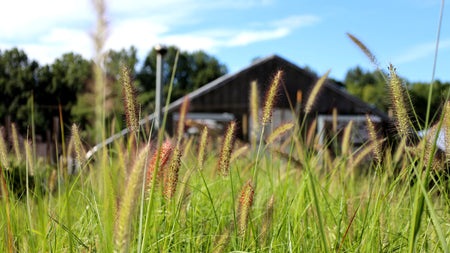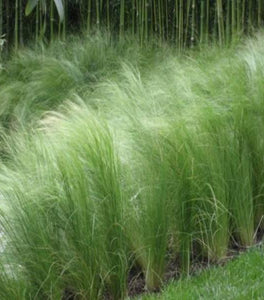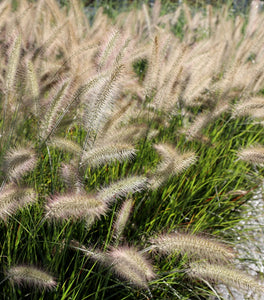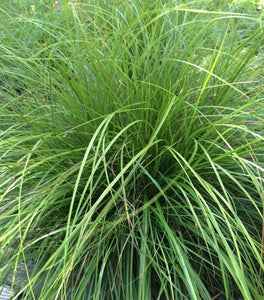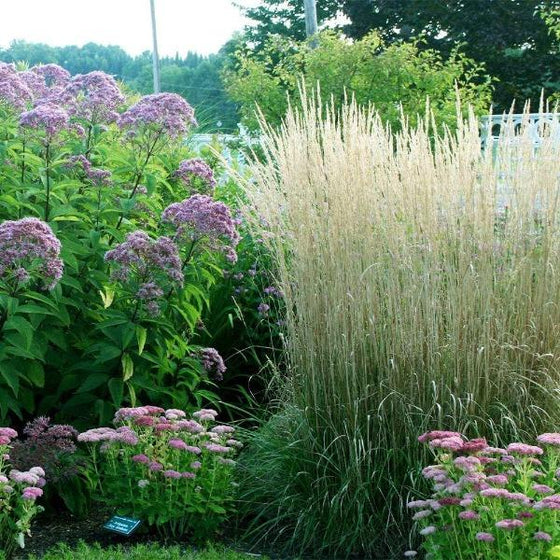
Images Depict Mature Plants
Karl Foerster Feather Reed Grass for Sale Online
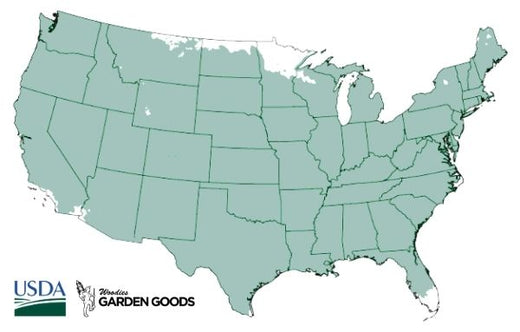
| Mature Height: | 3 to 5 Feet |
|---|---|
| Mature Width: | 2 to 3 Feet |
| Sunlight: | Full sun |
| Water Requirements: | Average |
| Selling Points: | Deer resistant, attracts birds, winter interest |
How to Care for Karl Foerster Feather Reed Grass
Before you buy a Feather Reed Grass plant, make sure to read about the recommended care instructions to keep this plant healthy and thriving.
How do I water Karl Foerster Feather Reed Grass?
To water Karl Foerster Feather Reed Grass, provide consistent moisture during its first growing season to help establish a strong root system. Deep watering once a week is typically sufficient, especially in hot or dry conditions. Make sure to water the plant at its base, ensuring the water penetrates the soil to reach the roots. Avoid shallow watering, as it can lead to weak, surface-level root growth. Once established, this drought-tolerant grass requires less frequent watering and can thrive with minimal supplemental water, especially in well-drained soil. For mature Karl Foerster Feather Reed Grass, occasional watering is usually only needed during extended dry periods or drought conditions. While this grass is known for its ability to tolerate a range of conditions, deep watering during prolonged heat will help maintain its lush, upright foliage and beautiful seed heads. Always check the soil moisture before watering, as overwatering can lead to root rot in poorly drained soils. Proper watering practices ensure that Karl Foerster Feather Reed Grass continues to thrive and maintain its elegant form throughout the growing season.
How do I fertilize Karl Foerster Feather Reed Grass?
To fertilize Karl Foerster Feather Reed Grass, apply a balanced, slow-release fertilizer, such as a 10-10-10 formula, in early spring as new growth begins. Spread the fertilizer evenly around the base of the plant, being careful to avoid direct contact with the stems to prevent root burn. After application, water thoroughly to help the nutrients reach the root zone. This annual feeding helps promote healthy, vigorous growth and enhances the plant’s upright form and airy seed heads. If you prefer a more organic approach, applying compost or well-rotted manure around the base of Karl Foerster Feather Reed Grass in early spring can enrich the soil and support sustained growth throughout the season. Be cautious not to over-fertilize, as too much nitrogen can lead to excessive growth, which may cause the plant to flop. With the right balance of nutrients, this low-maintenance ornamental grass will reward you with its stunning vertical presence, lush foliage, and beautiful seed plumes throughout the growing season.
How do I Plant Karl Foerster Feather Reed Grass?
To plant Karl Foerster Feather Reed Grass, begin by selecting a location with full sun and well-drained soil, as this grass thrives in bright light and is adaptable to a range of soil types. Dig a hole twice as wide as the root ball and just as deep, ensuring there is enough space for the roots to spread out. Place the plant in the hole, making sure the top of the root ball is level with the surrounding soil. Backfill with soil, pressing gently to remove any air pockets, and water thoroughly to help the grass establish strong roots. If planting multiple grasses, space them about 2-3 feet apart to allow for their mature width and to create a beautiful, layered effect in your garden. After planting, apply a 2-3 inch layer of mulch around the base of the Karl Foerster Feather Reed Grass to retain moisture, regulate soil temperature, and suppress weeds. Be sure to keep the mulch a few inches away from the base of the plant to prevent rot. Water regularly during the first growing season, especially during dry spells, to ensure the plant establishes a strong root system. Once established, this low-maintenance, drought-tolerant grass will thrive with minimal care, adding vertical interest and year-round beauty to your landscape.

When is the best time to prune Karl Foerster Feather Reed Grass?
The best time to prune Karl Foerster Feather Reed Grass is in late winter or early spring, just before new growth begins. Pruning at this time allows you to remove any dead or damaged foliage from the previous season and make way for fresh growth. Cut the grass down to about 4-6 inches above the ground using sharp pruning shears. This will promote healthy regrowth and ensure that the plant maintains its upright, structured form. By pruning before the growing season starts, you ensure the grass can focus its energy on producing vibrant new foliage and stunning seed heads. Pruning Karl Foerster Feather Reed Grass in early spring also helps preserve its winter interest. The golden-brown foliage and seed heads can remain standing through the colder months, providing texture and movement to the landscape. Waiting until late winter ensures you enjoy the grass’s beauty throughout the winter while still encouraging fresh, vigorous growth when the warmer months arrive. Regular pruning keeps this low-maintenance ornamental grass looking its best year after year, ensuring a lush, upright presence in your garden from spring through fall.

